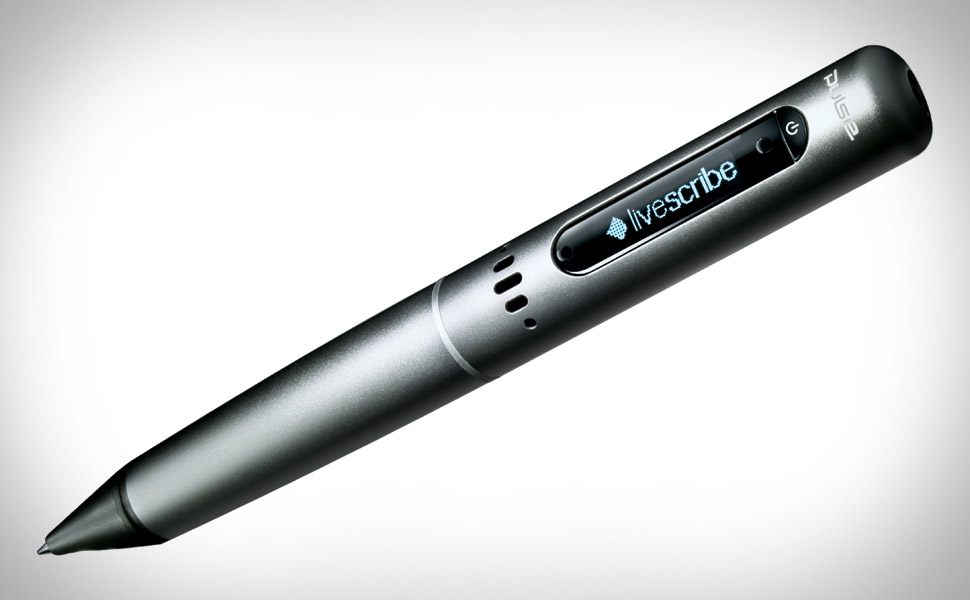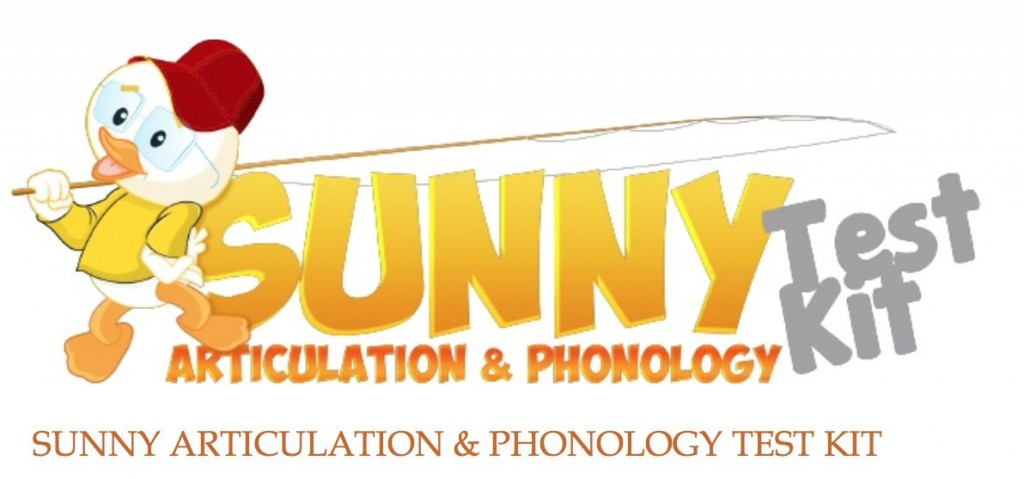Throughout my journey through assistive technology I have acquired a plethora of valuable knowledge, as well as useful resources/websites, and learned how you can apply assistive technology so that students with disabilities can leverage their strengths and compensate for learning problems.
Before taking this class I was oblivious to the principles of universal design for learning. Now they are something I always refer to first especially if a student is struggling or shows a lack of interest/engagement.
In some of my first posts I touched on barriers in the classroom as well as accommodations for students who are deaf or hard of hearing such as cochlear implants. As I progressed through my quest I discussed how assistive technology is addressed in a student's IEP, and how student's with Autism benefit from visual supports such as a break card due to their deficits in communication.
This blog is something I will continually reflect back on as I work in the field, and moving forward software such as speech recognition and pieces of equipment like alternative keyboards are just a couple of the many things I will incorporate in my classroom.
Reference Below
Dell, A., Newtown, D., & Petroff, J. (2012). Assistive Technology in the Classroom.
Upper Saddle River, NJ. Pearson Education Inc.
Images Found At
https://blogger.googleusercontent.com/img/b/R29vZ2xl/AVvXsEjFXkVFr-qj1ywZangr1CEjpiAS90zPJSxa-uMERCOHwqTgAuTDDYJkw1r_gcBb4OEa8yoKz1_T3Tto1savSaC_VVZsf9zULIVWv89-BqKxvZKNMscwGHBIdDK84hZTTOgtbfY7jIHl8tUL/s1600/409Assistive_Technology_Still.png
http://www.thehappinessgroup.com/wp-content/uploads/2011/06/Taking-the-emotional-journey-e1307035940113.jpg
Assistive Technology Broken Down
Wednesday, July 30, 2014
Assistive Technology and Transition Planning
In order for a student to effectively use assistive technology in college, they need to be adequately prepared in high school. Transition planning in high school is important for students with disabilities because there are differences between IDEA and ADA.
Transition plans for students who aspire to go to college need to include the practice and development of two kinds of skills.
1) Acquiring assistive technology skills for independence.
2) Self advocacy skills
Being taught self advocacy skills will better prepare students to articulate their assistive technology needs, and request tools as reasonable accommodations when they get to college. Students need to be given ample opportunities to practice their communication skills so that they become increasingly more comfortable with the technology, and learn to customize it to their individual needs.
Reference Below
Dell, A., Newtown, D., & Petroff, J. (2012). Assistive Technology in the Classroom.
Upper Saddle River, NJ. Pearson Education Inc.
Image Found At
https://blogger.googleusercontent.com/img/b/R29vZ2xl/AVvXsEim-7BZtc2JKS0_IUOGp3c7UqQ0BUJzgPmzUrHfdspvAKgV8oQ_29eq2sgzxIH3EmSMlPBUcuQpsvN69Xb2DFGQj8dnEoxz7KW_Mbzy-_heUmBUc2Z5tXrttpI9Y2EK1E47yqmn0jusK5yt/s1600/college_130c.jpg
Transition plans for students who aspire to go to college need to include the practice and development of two kinds of skills.
1) Acquiring assistive technology skills for independence.
2) Self advocacy skills
Being taught self advocacy skills will better prepare students to articulate their assistive technology needs, and request tools as reasonable accommodations when they get to college. Students need to be given ample opportunities to practice their communication skills so that they become increasingly more comfortable with the technology, and learn to customize it to their individual needs.
Reference Below
Dell, A., Newtown, D., & Petroff, J. (2012). Assistive Technology in the Classroom.
Upper Saddle River, NJ. Pearson Education Inc.
Image Found At
https://blogger.googleusercontent.com/img/b/R29vZ2xl/AVvXsEim-7BZtc2JKS0_IUOGp3c7UqQ0BUJzgPmzUrHfdspvAKgV8oQ_29eq2sgzxIH3EmSMlPBUcuQpsvN69Xb2DFGQj8dnEoxz7KW_Mbzy-_heUmBUc2Z5tXrttpI9Y2EK1E47yqmn0jusK5yt/s1600/college_130c.jpg
Assistive Technology Accomodating College Students
Just like other students college students can benefit from assistive technology accommodations in the classroom, as well as during testing situations, and when completing assignments. College students with disabilities can benefit from word prediction programs when they are writing papers if they are poor spellers, or have poor vision.
Another viable option for a college student who has trouble writing could be LiveScribe pulse Smartpen. This will allow a student to record a professor's lecture and sync it to the student's notes so that they can go back and check them later.
Reference Below
Dell, A., Newtown, D., & Petroff, J. (2012). Assistive Technology in the Classroom.
Upper Saddle River, NJ. Pearson Education Inc.
Image Found At
http://uncrate.com/p/2010/12/livescribe-pulse-xl.jpg
Image Found At
http://uncrate.com/p/2010/12/livescribe-pulse-xl.jpg
Another viable option for a college student who has trouble writing could be LiveScribe pulse Smartpen. This will allow a student to record a professor's lecture and sync it to the student's notes so that they can go back and check them later.
Reference Below
Dell, A., Newtown, D., & Petroff, J. (2012). Assistive Technology in the Classroom.
Upper Saddle River, NJ. Pearson Education Inc.
Image Found At
http://uncrate.com/p/2010/12/livescribe-pulse-xl.jpg
Image Found At
http://uncrate.com/p/2010/12/livescribe-pulse-xl.jpg
UKAT
Another resource I visited and found useful was the University of Kentucky Assistive Technology (UKAT) project. This website provides an introduction to Assistive Technology, an overview of the toolkit, instructions, and sample applications.
One tool that I found helpful on this website was the knowledge and skills survey. This is a survey of AT knowledge and skills for guiding professional development for school personnel/ related services, students who are or will be using AT, and the parents or other family members of the particular student.
Reference Below
(http://edsrc.uky.edu/www/ukatii/sample/index.html)
Image Found At
http://www.midlandesa.org/wp-content/uploads/2013/10/assistive-tech.png
One tool that I found helpful on this website was the knowledge and skills survey. This is a survey of AT knowledge and skills for guiding professional development for school personnel/ related services, students who are or will be using AT, and the parents or other family members of the particular student.
Reference Below
(http://edsrc.uky.edu/www/ukatii/sample/index.html)
Image Found At
http://www.midlandesa.org/wp-content/uploads/2013/10/assistive-tech.png
OTAP
The Oregon Technology Access Program, which can be found at (http://www.polk-fl.net/districtinfo/rti/images/progchart1.jpg), is a very helpful website/resource for students with disabilities. This website provides training, information, technical assistance, and resources regarding the uses of technology for individuals with disabilities.
One AT link I visited on the website was titled "Geekslp", where I came across a unique application for the I-Pad that Assesses articulation and phonology skills at the sentence level. This app which is called the Sunny Articulation and Phonology Test kit can also evaluate vowels and consonants. This app is user friendly and particularly helpful because it highlights the letters in the sentence which were not correctly articulated. The student can then go back and click on them to receive feedback.
Reference Below
(http://www.polk-fl.net/districtinfo/rti/images/progchart1.jpg)
Image Found At
http://www.smartyearsapps.com/wp-content/uploads/2012/12/sunny-1024x479.jpg
One AT link I visited on the website was titled "Geekslp", where I came across a unique application for the I-Pad that Assesses articulation and phonology skills at the sentence level. This app which is called the Sunny Articulation and Phonology Test kit can also evaluate vowels and consonants. This app is user friendly and particularly helpful because it highlights the letters in the sentence which were not correctly articulated. The student can then go back and click on them to receive feedback.
Reference Below
(http://www.polk-fl.net/districtinfo/rti/images/progchart1.jpg)
Image Found At
http://www.smartyearsapps.com/wp-content/uploads/2012/12/sunny-1024x479.jpg
Monitoring Progress of Students using Augmentative Communication
Each individual student who uses an augmentative communication system needs to be continuously monitored for their progress in acquiring communication skills. You must also monitor the instructor's behavior in regards to the student's augmentative communication for documentation, and use the data to make decisions needed to adjust or change supports which are provided.
Recording data on a student's use of an AC system is something that should be included in their daily schedule. Putting this in place early will help with the IEP and inform you of any decisions that need to be made. This will let you know if a student is or is not progressing toward the development of language and communication skills.
Reference Below
Dell, A., Newtown, D., & Petroff, J. (2012). Assistive Technology in the Classroom.
Upper Saddle River, NJ. Pearson Education Inc.
Image Found At
http://www.polk-fl.net/districtinfo/rti/images/progchart1.jpg
Recording data on a student's use of an AC system is something that should be included in their daily schedule. Putting this in place early will help with the IEP and inform you of any decisions that need to be made. This will let you know if a student is or is not progressing toward the development of language and communication skills.
Reference Below
Dell, A., Newtown, D., & Petroff, J. (2012). Assistive Technology in the Classroom.
Upper Saddle River, NJ. Pearson Education Inc.
Image Found At
http://www.polk-fl.net/districtinfo/rti/images/progchart1.jpg
AC Systems Meeting Communication Needs in the Home/Community
Communication demands in the home and community can be very different from those at school. This is why it is important that parents and other family members are included in AC planning and implementation. This will give the student's family the best chance to support their child's communication attempts in environments other than school.
The family can identify specific communication demands and relevant vocabulary the student uses in the home. This could consist of phrases such as what is for dinner or what are we doing this
weekend.
Parents should also be encouraged to expand their child's communication by helping them expand their communication partners as well as experiences. The more new people and places the student can communicate about and with, the better.
Reference Below
Dell, A., Newtown, D., & Petroff, J. (2012). Assistive Technology in the Classroom.
Upper Saddle River, NJ. Pearson Education Inc.
Image Found At
http://upload.wikimedia.org/wikipedia/commons/d/df/Starbucks_boarded_up_after_riot.jpg
The family can identify specific communication demands and relevant vocabulary the student uses in the home. This could consist of phrases such as what is for dinner or what are we doing this
weekend.
Parents should also be encouraged to expand their child's communication by helping them expand their communication partners as well as experiences. The more new people and places the student can communicate about and with, the better.
Reference Below
Dell, A., Newtown, D., & Petroff, J. (2012). Assistive Technology in the Classroom.
Upper Saddle River, NJ. Pearson Education Inc.
Image Found At
http://upload.wikimedia.org/wikipedia/commons/d/df/Starbucks_boarded_up_after_riot.jpg
Subscribe to:
Posts (Atom)







